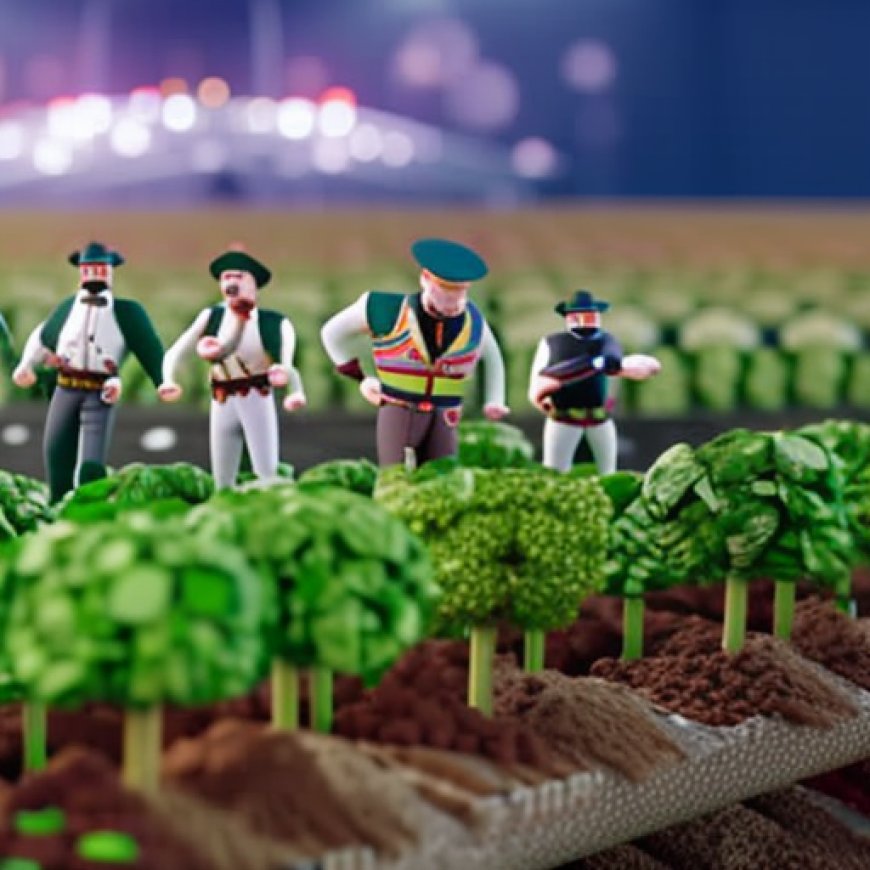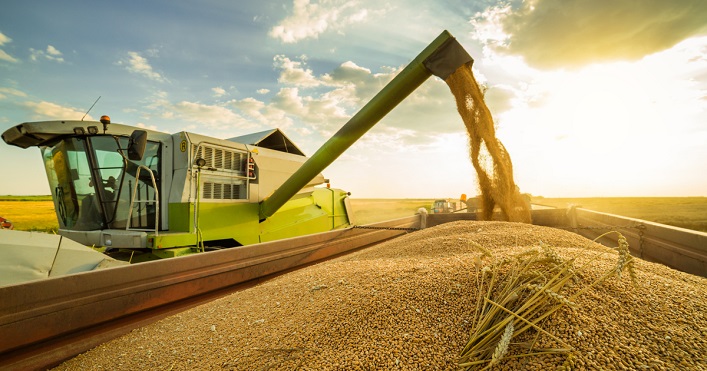The EU plans to ban the import of Russian agricultural products.
The EU plans to ban the import of Russian agricultural products. Ukraine Business News


The European Commission Considers Blocking Import of Farm Products from Russia

The European Commission (EC) is currently evaluating the feasibility and potential impact of imposing a ban on the import of farm products from the Russian Federation, according to Valdis Dombrovskis, the Executive Vice-President of the EC. Dombrovskis highlighted that the decision to impose sanctions on “food” from Russia was not made in 2022 due to disruptions in the food supply to the European Union (EU). However, the global situation has changed in 2024, with Russia becoming more aggressive in EU markets and significantly increasing its export of goods. As a result, EU member states have started to respond to this situation.
Emphasis on Sustainable Development Goals (SDGs)
The European Union’s actions in considering the restriction of food products from the Russian Federation align with several Sustainable Development Goals (SDGs) set by the United Nations. These goals include:
- SDG 2: Zero Hunger – By limiting the presence of food products from Russia in European markets, the EU aims to ensure food security and promote sustainable agriculture within its member states.
- SDG 8: Decent Work and Economic Growth – The EU’s efforts to protect its domestic agricultural industry by restricting imports can contribute to job creation and economic growth within the EU.
- SDG 12: Responsible Consumption and Production – By scrutinizing the import of farm products from Russia, the EU aims to promote responsible consumption and production practices, ensuring that goods meet high quality and safety standards.
- SDG 17: Partnerships for the Goals – The EU’s collaboration with member states such as Latvia and Poland demonstrates the importance of partnerships in addressing global challenges and achieving sustainable development.
The European Commission is currently exploring the most effective approach to limit the presence of food products from the Russian Federation in European markets. This evaluation reflects the EU’s commitment to achieving the SDGs and promoting sustainable development within its member states.
SDGs, Targets, and Indicators
1. Which SDGs are addressed or connected to the issues highlighted in the article?
- SDG 2: Zero Hunger
- SDG 12: Responsible Consumption and Production
- SDG 17: Partnerships for the Goals
The article discusses the possibility of blocking the import of farm products from the Russian Federation. This relates to SDG 2, which aims to end hunger, achieve food security, improve nutrition, and promote sustainable agriculture. It also connects to SDG 12, which focuses on responsible consumption and production, as limiting the presence of food products from the Russian Federation in European markets would impact consumption patterns. Additionally, SDG 17 emphasizes partnerships for the goals, and the article mentions that some countries, such as Latvia and Poland, are taking steps in this matter, indicating collaboration among EU member states.
2. What specific targets under those SDGs can be identified based on the article’s content?
- Target 2.1: By 2030, end hunger and ensure access by all people, in particular, the poor and people in vulnerable situations, including infants, to safe, nutritious, and sufficient food all year round.
- Target 12.3: By 2030, halve per capita global food waste at the retail and consumer levels and reduce food losses along production and supply chains, including post-harvest losses.
- Target 17.16: Enhance the global partnership for sustainable development, complemented by multi-stakeholder partnerships that mobilize and share knowledge, expertise, technology, and financial resources.
Based on the article, the targets that can be identified are Target 2.1, which focuses on ensuring access to safe and nutritious food for all people, and Target 12.3, which aims to reduce food waste and losses along production and supply chains. Additionally, Target 17.16 is relevant as it emphasizes the need for partnerships and collaboration to achieve sustainable development goals.
3. Are there any indicators mentioned or implied in the article that can be used to measure progress towards the identified targets?
Yes, there are indicators mentioned in the article that can be used to measure progress towards the identified targets. However, the article does not provide specific quantitative data or metrics. To measure progress towards Target 2.1, indicators such as the prevalence of undernourishment, the proportion of population with access to adequate food, and the prevalence of stunting among children under 5 years old can be used. For Target 12.3, indicators like food loss index, food waste index, and reduction in post-harvest losses can be utilized. Target 17.16 can be measured through indicators related to international cooperation, partnerships, and knowledge sharing.
4. SDGs, Targets, and Indicators
| SDGs | Targets | Indicators |
|---|---|---|
| SDG 2: Zero Hunger | Target 2.1: By 2030, end hunger and ensure access by all people, in particular, the poor and people in vulnerable situations, including infants, to safe, nutritious, and sufficient food all year round. | – Prevalence of undernourishment – Proportion of population with access to adequate food – Prevalence of stunting among children under 5 years old |
| SDG 12: Responsible Consumption and Production | Target 12.3: By 2030, halve per capita global food waste at the retail and consumer levels and reduce food losses along production and supply chains, including post-harvest losses. | – Food loss index – Food waste index – Reduction in post-harvest losses |
| SDG 17: Partnerships for the Goals | Target 17.16: Enhance the global partnership for sustainable development, complemented by multi-stakeholder partnerships that mobilize and share knowledge, expertise, technology, and financial resources. | – Indicators related to international cooperation, partnerships, and knowledge sharing |
Behold! This splendid article springs forth from the wellspring of knowledge, shaped by a wondrous proprietary AI technology that delved into a vast ocean of data, illuminating the path towards the Sustainable Development Goals. Remember that all rights are reserved by SDG Investors LLC, empowering us to champion progress together.
Source: ubn.news

Join us, as fellow seekers of change, on a transformative journey at https://sdgtalks.ai/welcome, where you can become a member and actively contribute to shaping a brighter future.







